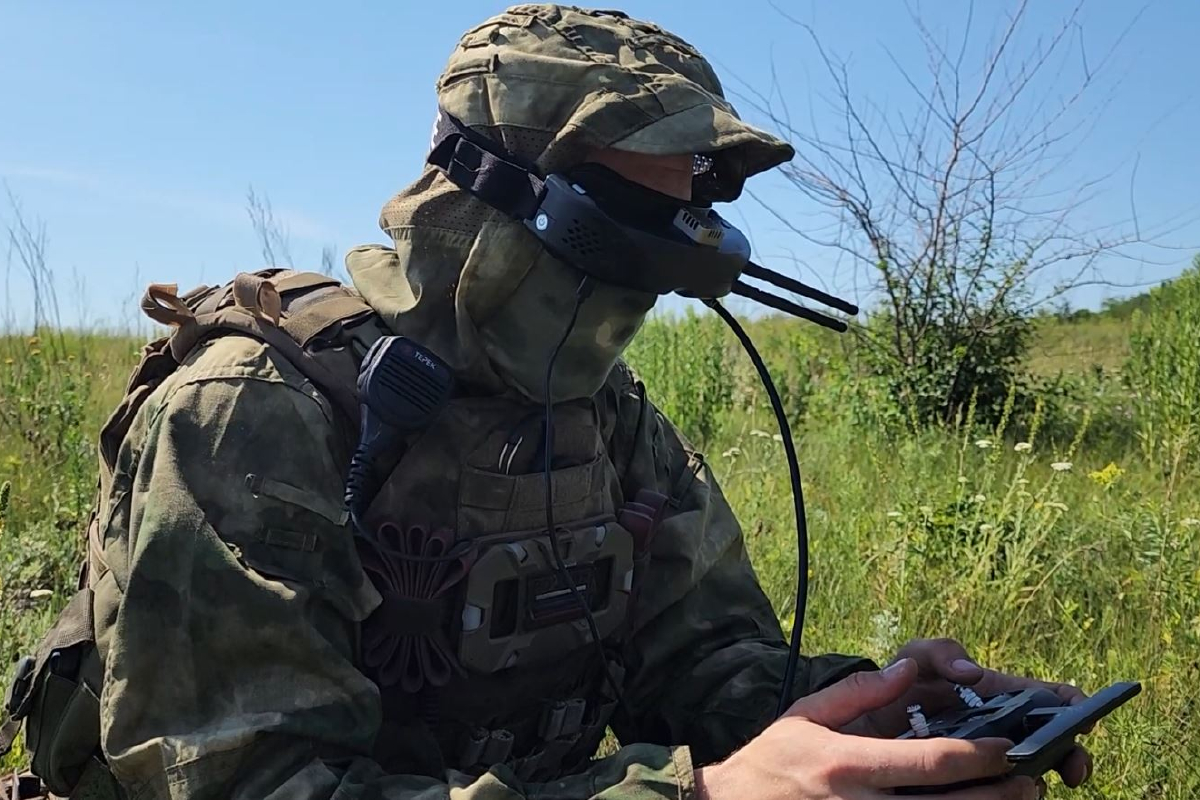A series of explosions of FPV goggles rigged with explosives has injured at least eight Russian drone operators across multiple regions, according to Telegram channel Dosye Shpiona (“Spy’s Dossier”). The attacks occurred in early February, targeting Russian military units in Belgorod, Kursk, Luhansk, and Donetsk oblasts.
Between January and February 2025, various Russian military units received approximately 80 sets of Skyzone Cobra FPV goggles as donations from several volunteer organizations. However, all shipments reportedly came from the same anonymous individual, who provided the equipment as “humanitarian aid” for Russian drone operators.
Earlier, multiple Russian sources alleged that the plot was discovered before any devices were activated.
Dosye Shpiona says the first explosion occurred on 4 February in Belgorod Oblast when a Russian serviceman activated his FPV headset. The detonation resulted in severe facial and eye injuries. Over the next three days, from 4 to 7 February, seven additional explosions took place in different regions, affecting multiple Russian units.
Following the detonations, investigators discovered that each pair of FPV goggles contained C-4 explosives, a detonator, and a concealed battery. The explosive device was wired to activate once the internal cooling fan was switched on, making the sabotage almost undetectable before use, Militarnyi notes.
After the attacks, Russian authorities launched an operation to locate and remove any remaining compromised FPV goggles from military units. Meanwhile, Dosye Shpiona says that the individual who originally provided the equipment left Russia on 3 February, flying from Moscow to Istanbul.
Related:
- TWZ: Ukraine copies Israel’s deadliest pager trick — explosive FPV goggles found in Russia
- Solar reflection on drone fiber-optic cables leads to Russian UAV team elimination (video)
- Russia’s fiber-optic drones dodge jamming, but Ukraine hunts them with infrared and sound
- Forbes: Ukraine deploys FPV drones as stealth roadside bombs to strike Russian convoys




